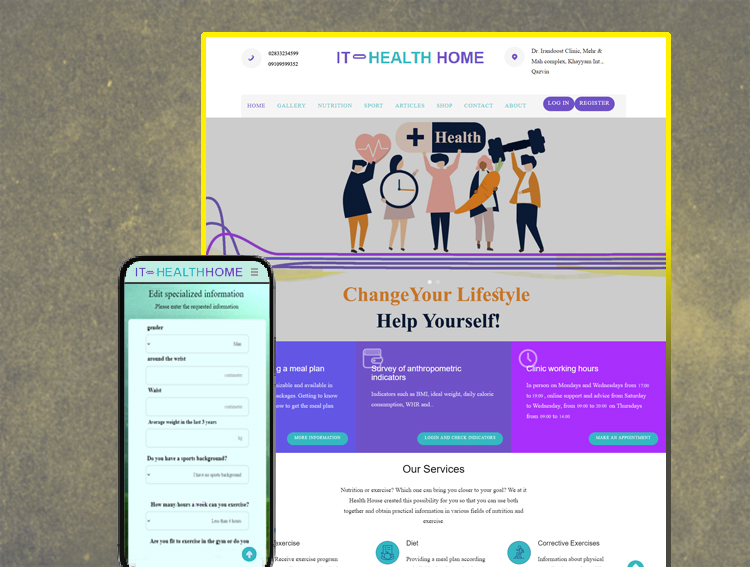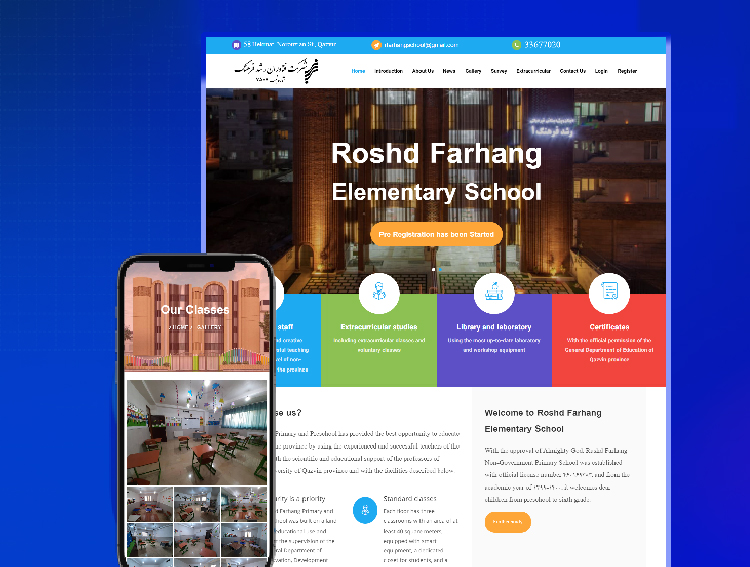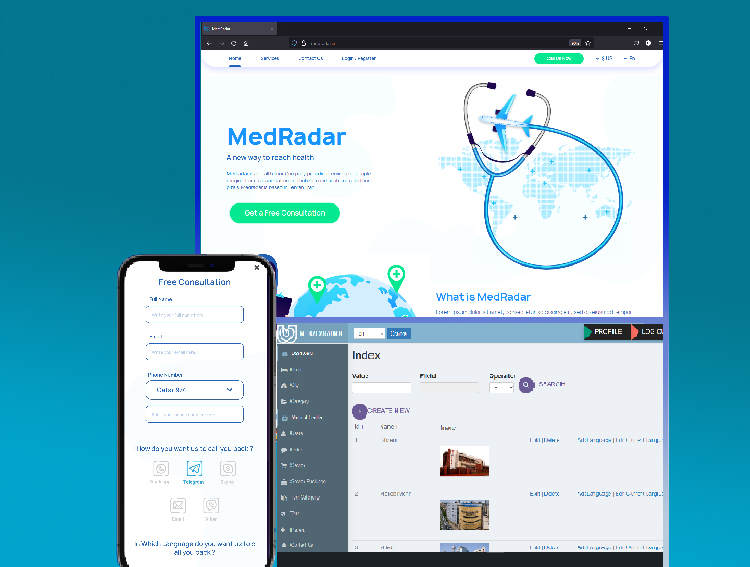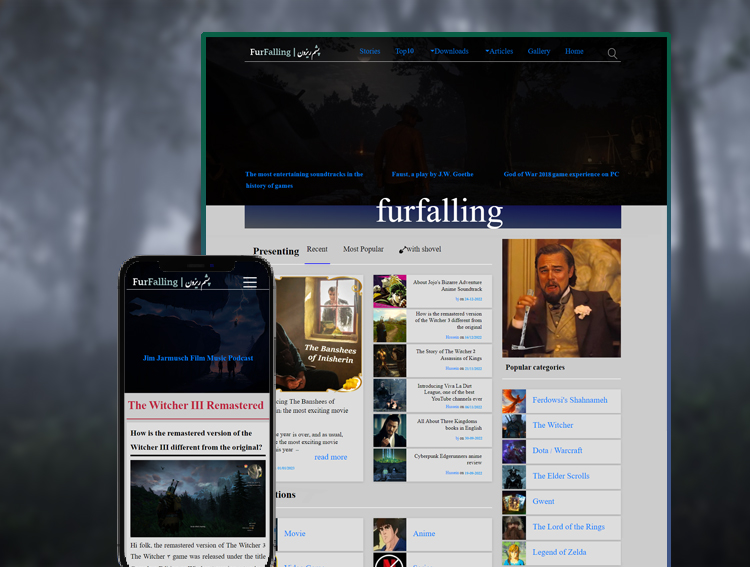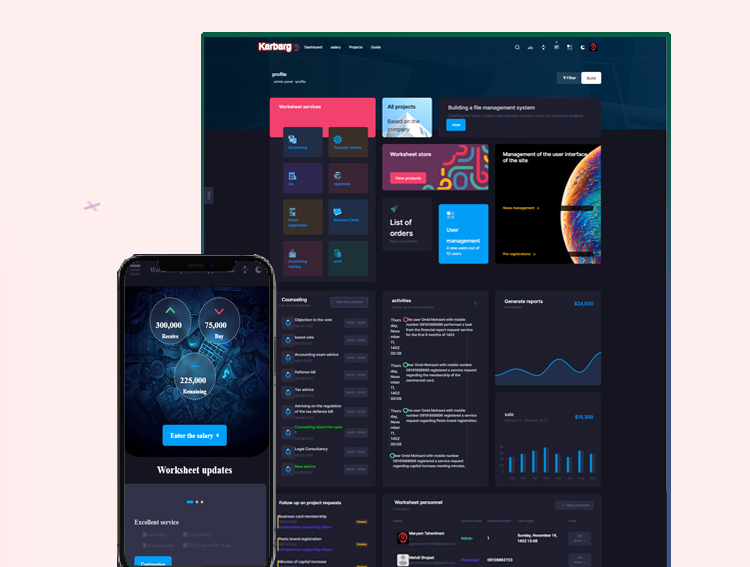About Us
Since 2015, Our team was gathered to provide website design services with marketing oriented approaches. Our moto is Web 2 Gain. We have always been by the customer's side with the aim of helping them establish a business relationship through website services.
8
Years of Experience
90
Projects completed
150
Awards achievied
45
Satisfied clients

our services
Perfect IT Solutions For Your Business


Why choose us
Boost Your Business With New Tech
Our team can assist you in transforming your business through latest tech capabilities to stay ahead of the curve.
-
Cutting Edge IT Solutions
-
Aesthetic & Functional UI/UX
-
Machine Learning & AI Based Services
-
Data Storage Empowered by Cloud Computing & Blockchain

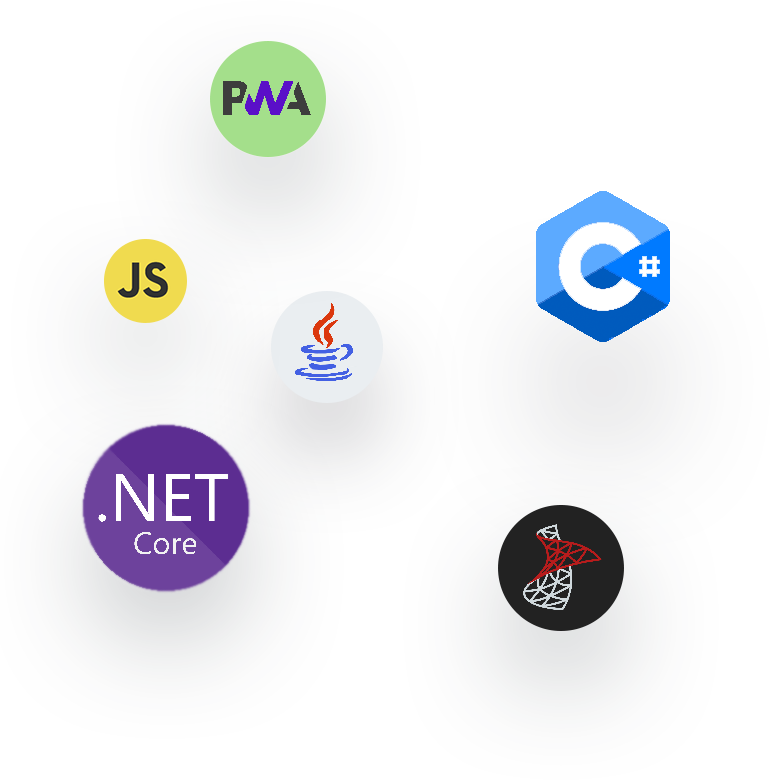

Portfolio
Latest Projects From Our Team


testimonials
The Trust From Clients

The design of this website is stunning. I love the colors and the simplicity of the layout. It is so easy to navigate, and the content is top-notch. This website is truly a pleasure to use.
Louis Dupont / Senior Marketing at Amazing-Web

This website is truly a work of art. It is so beautiful, clean, and easy to use. I love the modern feel and the interactivity. There is so much to explore here; I can't wait to dive in!
Isabella Rodriguez / CEO at ThemesCamp

I am absolutely stunned by the design of this website. It is so elegant and beautiful. The colors are just perfect, and the user-interface is so friendly and easy to use. This website is truly a work of art!
Jhon Bolty / Tech Leader of Traveloka
meet our expert
The Professionals For Your Demands

Mahdi Shojaei
CEO Founder
Hossein Aghahosseini
Software Architect
Mohammadreza Shojaei
Project Manager
Amirhossein Moradi
Marketing Leader
Soheil Jabbari
Creative Director
our press
Latest Posts From Our Press
Let’s do something amazing together
- Free Discovery Call
- We gladly look forward hearing from you

 English
English








